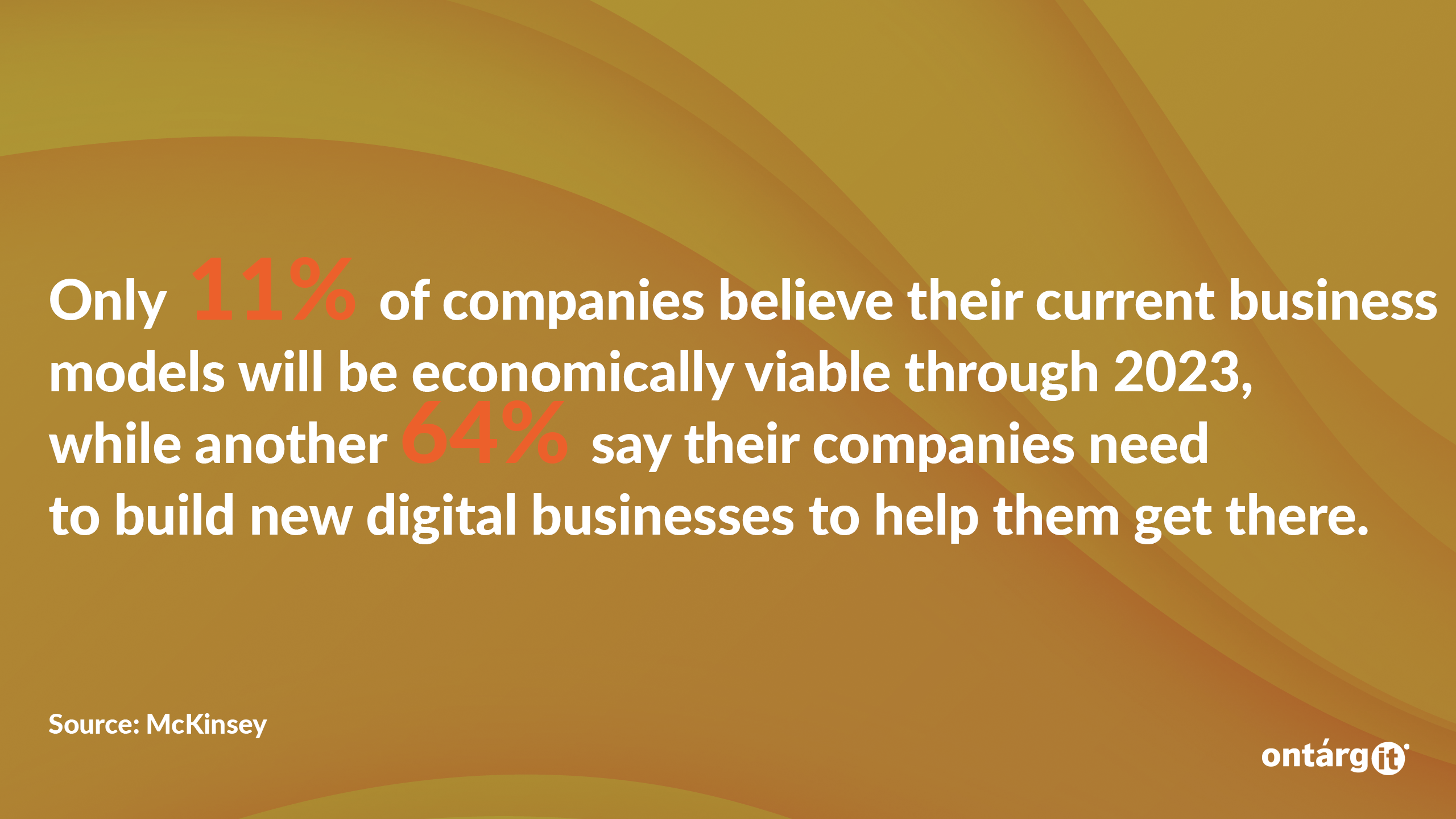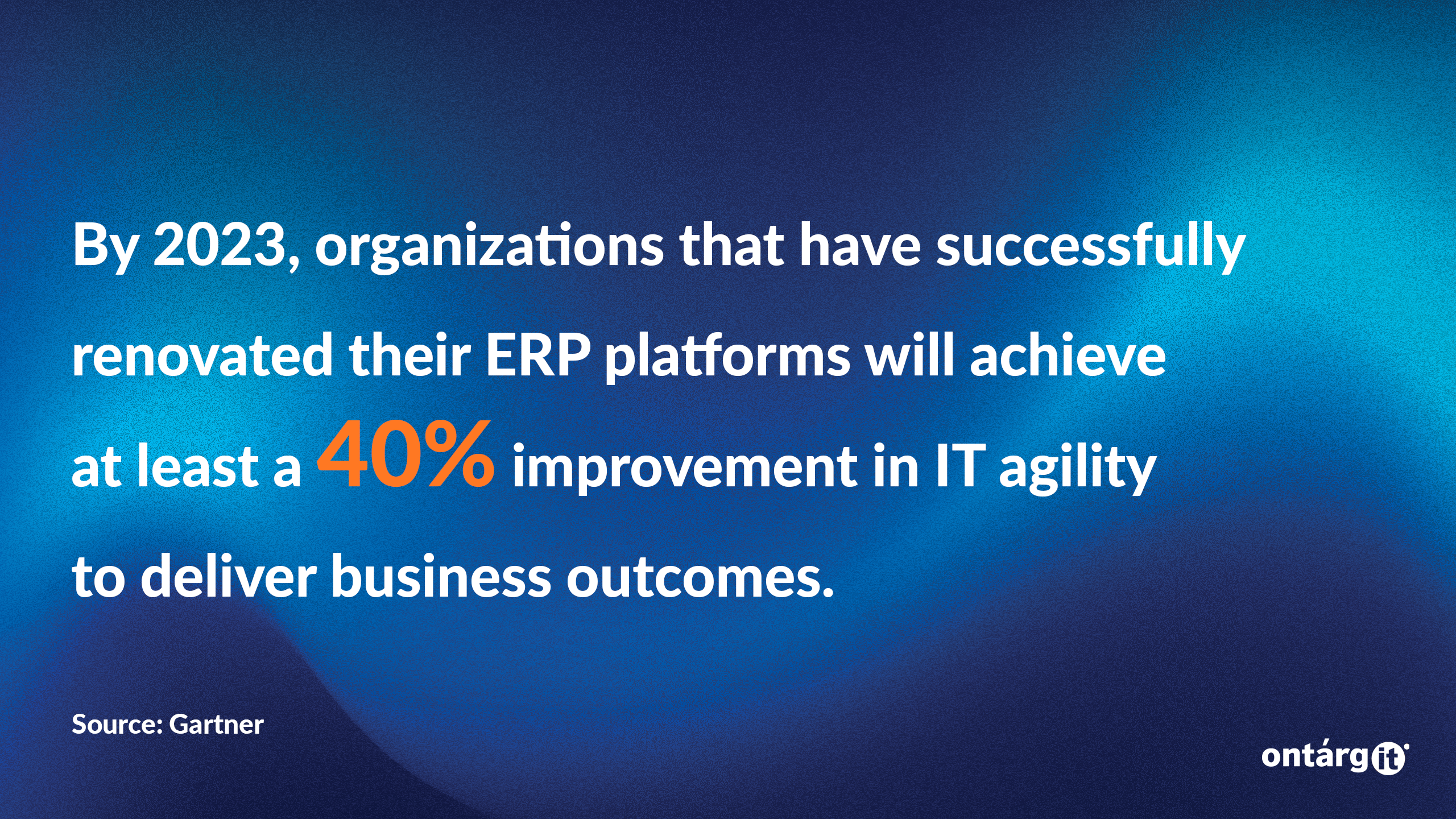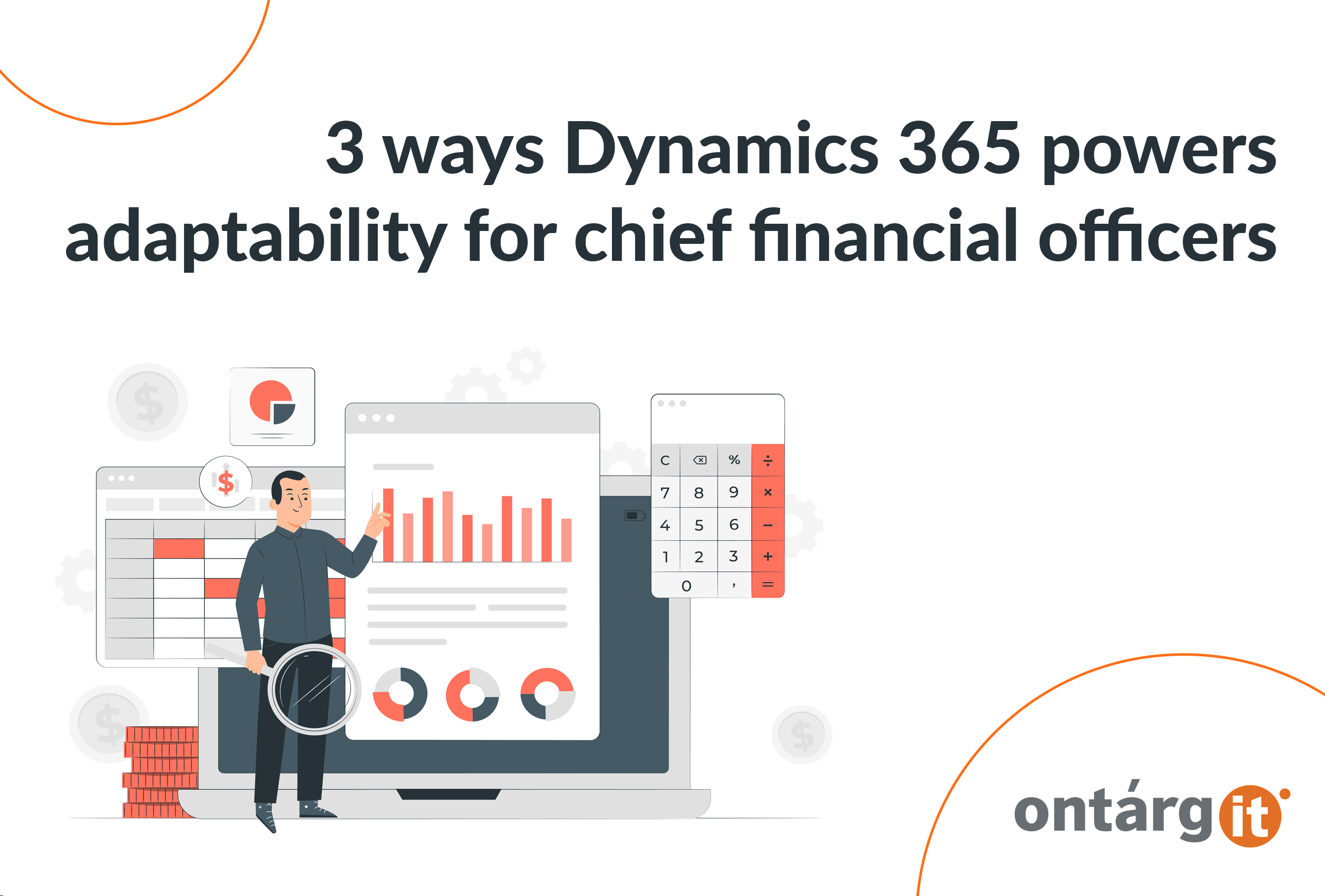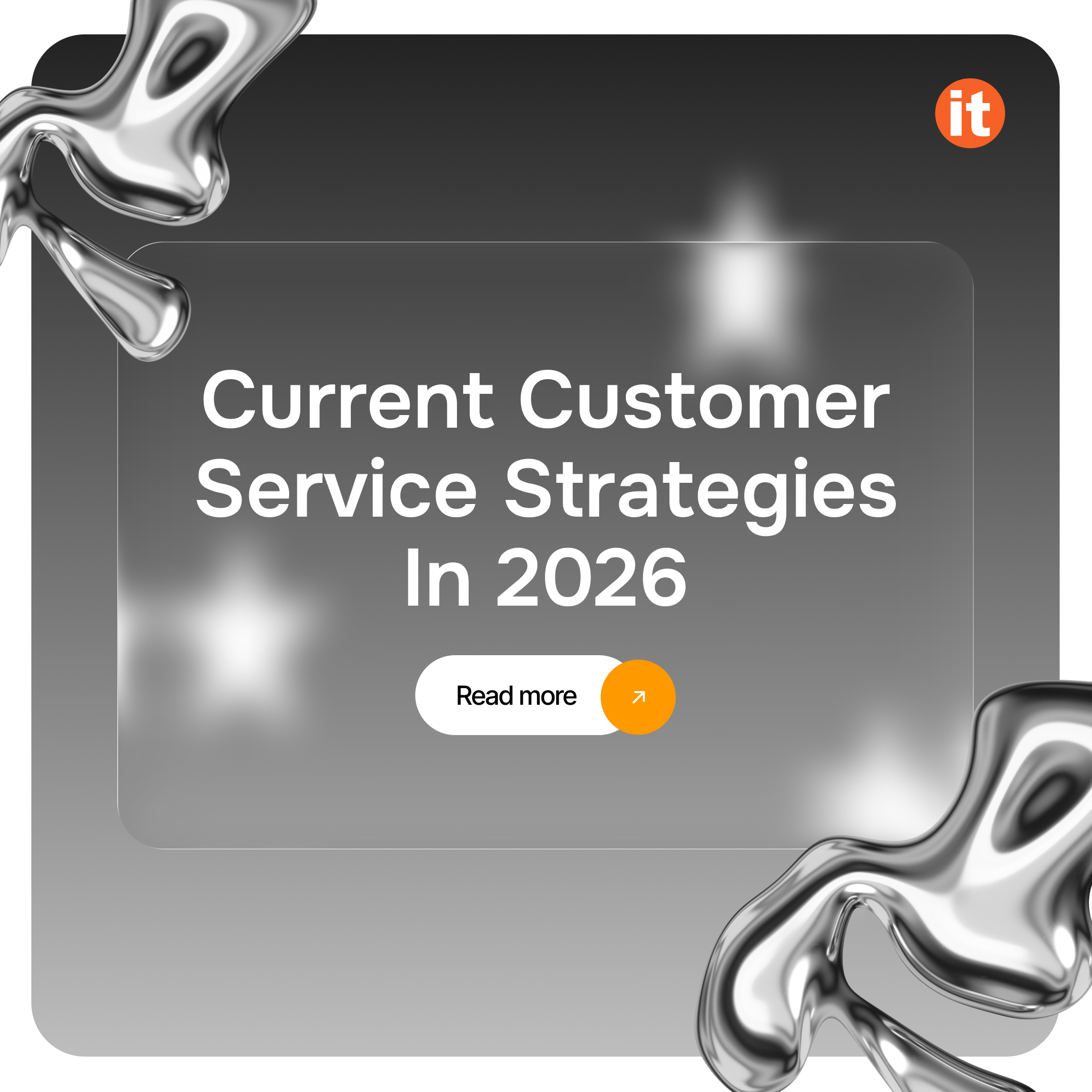The role of the chief financial officer (CFO) is rapidly changing throughout the pandemic and upcoming recession. Many finance leaders already face challenges of digital transformation trend, which only accelerate.
The past two years have shown that being able to rapidly adapt an organization to minimize the impact, or avoid altogether, the effect of disruption is a core requirement to keep your business operating. Even as we move into a post-pandemic world, we see the emergence of new business models, how the subscription economy and service-based experiences like platform-as-a-service (PaaS) require significant changes to financial and operational models.
The need to adapt and overcome disruption and the opportunity presented by emerging business models offer a clear justification of why organizations and in change-making CFO must develop flexible and adaptive approach to achieve resilience.

Despite having so much at stake, many finance leaders face roadblocks on the journey to becoming more agile. And we suggest to look into Microsoft Dynamics 365 Finance to achieve all goals.
Modernize enterprise resource planning solutions
The first force driving adaptability is the modernization of enterprise resource planning systems. Recent technological advances, such as the shift from the rigid structures of monolithic ERP to highly adaptable, composable business applications, are a primary benefit driver of ERP modernization.

Dynamics 365 Finance offers businesses standardized capabilities on a composable ERP platform. Plus, it can function both as a stand-alone solution, allowing organizations to avoid costly rip-and-replace of legacy technology or as tightly integrated with extensible systems such as Dynamics 365.
Enable a real-time, single source of truth
Though expensive to maintain and resource-intense to customize, legacy ERP often becomes highly customized and fragmented as businesses grow and add new solutions, such as customer relationship management (CRM) or warehouse management systems (WMS). If you use different programs which are disconnected from a central ERP, you are leaving data silos that are difficult to integrate and reconcile. Without unified data available in real-time across the organization, finance leaders are unable to have full control over expenses.
Dynamics 365 Finance is built on a modern, open platform that can be easily connected to both legacy internal solutions and modern, cloud-based systems via RESTful APIs. This flexibility and extensibility serve to unlock adaptability, automate data harmonization. Ultimately, this allows finance teams and the broader organization to confidently make quicker, data-first decisions.
Deliver AI-driven insights
The core set of financial management processes that support the work of every organization often rely on operating person and human factor in general, which make this area slow to innovate and challenging to transform. While with AI-driven insights progress will be made through automation, specific tasks, like customer payment prediction or creating an intelligent cash flow forecast, available on demand. This job is ideally suited to AI and machine learning.
Dynamics 365 Finance recently announced the general availability of three new financial management tools: customer payment insights, cash flow forecasting, and budget proposals. When combined with Dynamics 365 Finance, these tools improve business decision-making by delivering AI-driven business insights that are clearer and faster while also improving operational efficiency by utilizing intelligent automation.
As we have seen here, businesses and the finance leaders who support them need the right technology solutions to drive adaptability if they are ready to capitalize on emerging trends, such as PaaS, direct-to-consumer (DTC), and the subscription economy.
Implementing Microsoft Dynamics 365 Finance will make revolutionary changes to your business and make it grow under any circumstances.

















